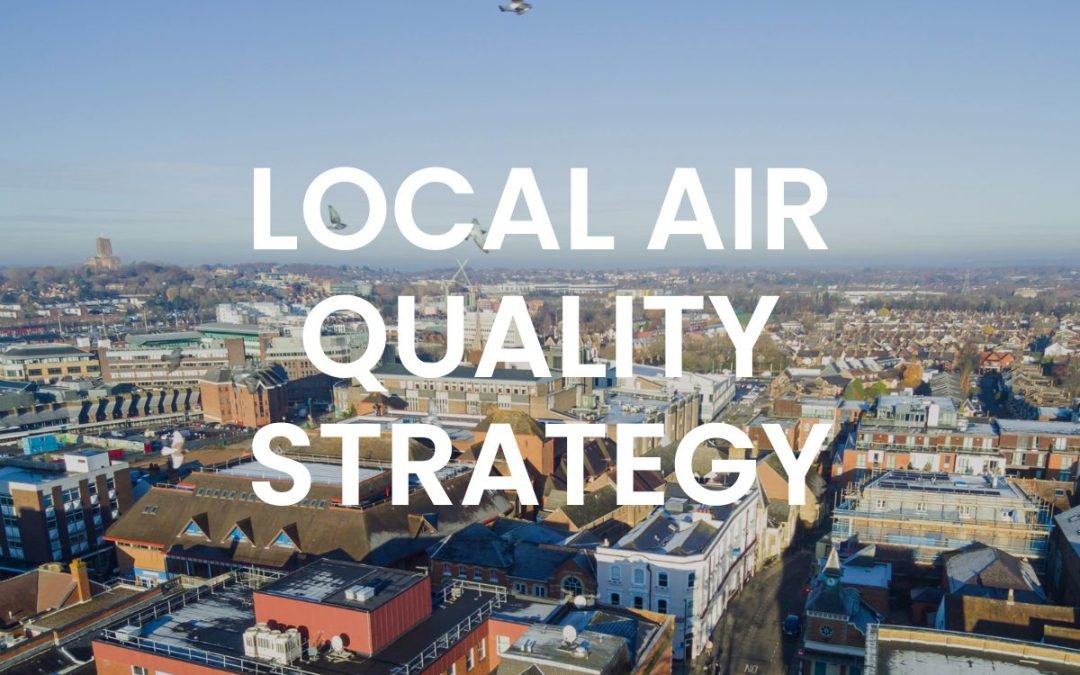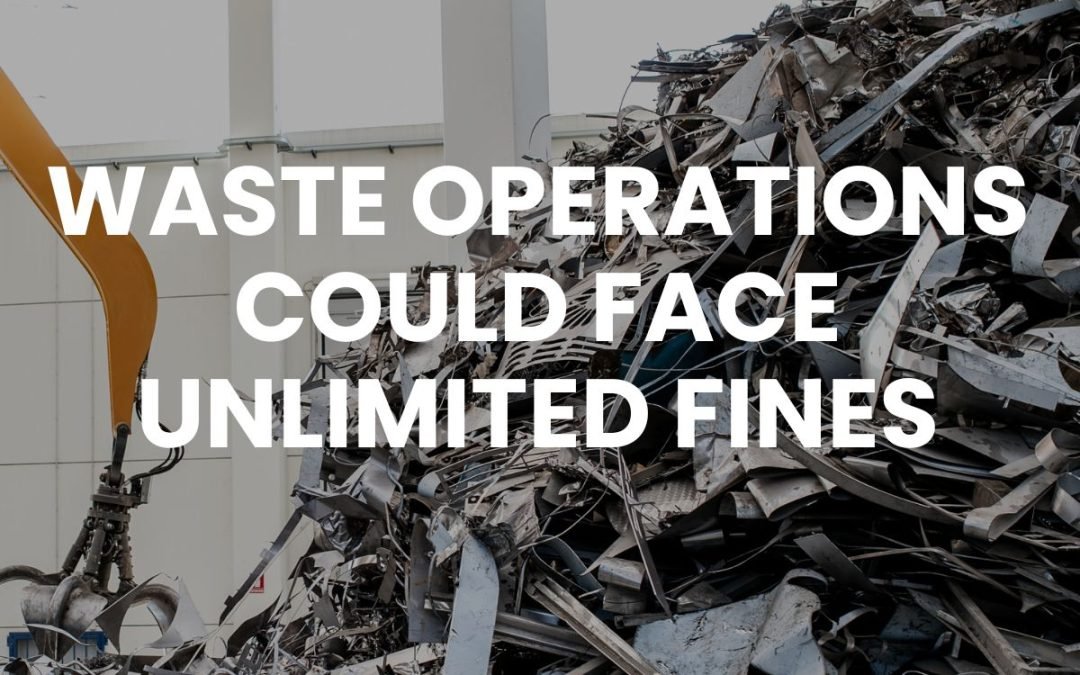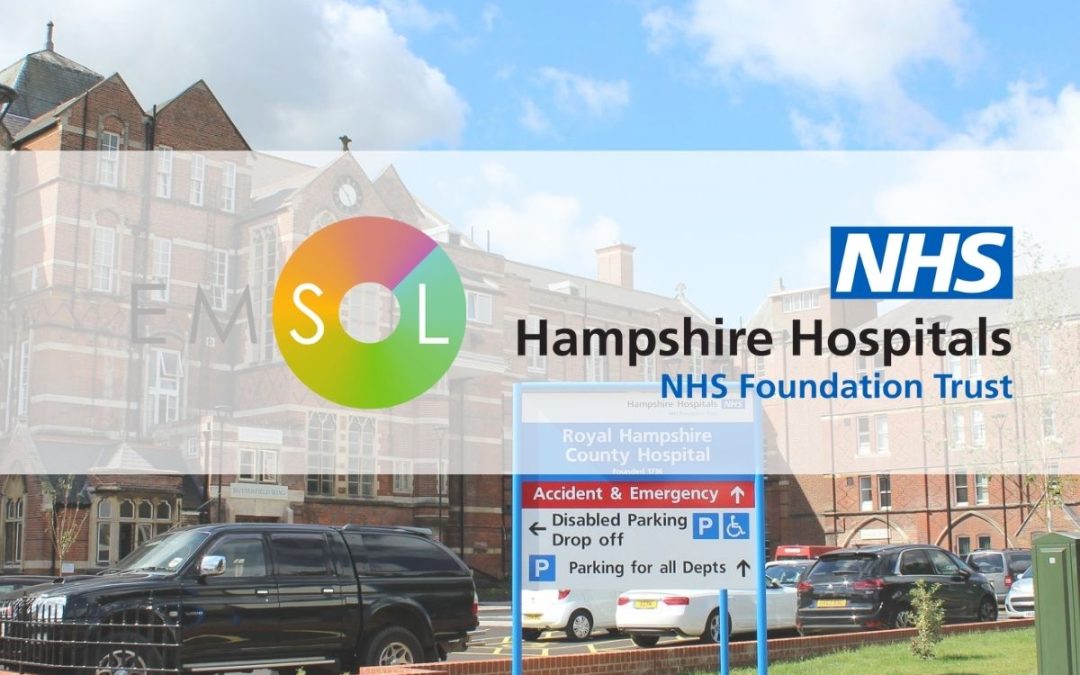Understanding noise pollution: What is it and how can you reduce it?
As the world only gets busier every single year with increased activities and a growing urban population, it means that there are only going to be higher levels of noise pollution and sounds. As we mentioned in our recent article on noise pollution, the amount of noise complaints in 2020 has dramatically increased. The rise of busy cities, transportation, and urban supply chain activity means that many areas face the challenge of reducing noise pollution to prevent its harmful impact on humans and the environment we live in.
But what exactly is noise pollution?
Noise pollution is essentially excessive, distressing and unsolicited sounds that can have damaging effects on the environment, humans and animals. Noise pollution is often described as an invisible danger and killer, and even though its impact is not visible to the human eye, it is one of the biggest threats to human health and environmental sustainability.
Noises are measured in decibels and many sounds create different levels of noise. Noises that reach 85 decibels or higher are considered dangerous and can impact someone’s hearing. Transportation and machinery are two types of noises that can exceed this decibel limit to become harmful to human life. Cities like London can reach an average of 105 decibels which shows how important it is to reduce as much noise pollution as we can to protect our health and wellbeing. Persistent noise (no matter how loud) that is unnecessary and is of a disturbance can also have potentially damaging effects to health. For instance, a small buzzing noise might not have a high decibel level but it’s persistence can cause you to become agitated and very anxious. Noise pollution can cause health issues such as hearing loss, mental health, increased anxiety and stress, stress-induced issues such as heart diseases. For all the negative impacts that noise pollution can have it’s important that local areas take action to reduce it.
But how can we effectively reduce noise pollution?
Completely eradicating noise pollution is just not possible and is not good for sustaining normal business activities. The mission should be to minimise, measure noise, identify and control the most harmful sources of noise pollution. There are many solutions to reduce noises such as:
- Soundproofing and insulation.
- Reducing ‘out of hour’ transportation deliveries.
- Contain noise to one area that will reduce the impact to surroundings and at a certain time period to reduce the length of noise as well.
- Blocking out the noise with materials, noise absorbents, or nature such as trees and natural resources.
- Maintenance check on industrial equipment to reduce the noise and friction between moving parts that can actually increase noise.
- Newer and quieter vehicles. Old vehicles are emitting more toxic substances and generally create more noises due to their build and use.
- Redesign streets to improve a better flow of noise by reducing traffic, excessive speeding and understanding where the noise is impacting to control it.
- Employee training and awareness for delivery drivers.
- Create more noise-free zones to enable people to enjoy quiet spaces to take some time for themselves and enjoy the peace and quiet.
- If you’re suffering from noise pollution, then you can take on board some of the advice above such as soundproofing as well as noise cancellation headphones might help if you’re working from home.
These are just a few ways that can reduce noise pollution and there are many more particular cases that can also help to limit noises. The challenge that many companies and local authorities face is understanding where noise pollution is happening and when it’s becoming dangerous. Fortunately, there are tools out there like EMSOL that can help to accurately monitor noise in real-time to see where and what is causing noise pollution, so you uncover any issues and resolve them.
Digital noise pollution management tools are not just ideal for controlling and tracking ongoing noise pollution, but it’s essential to staying on top of things and to be able to have the insights to take effective action when needed. You can learn more about EMSOL here, and find out how others are identifying and taking action on local noise pollution.





